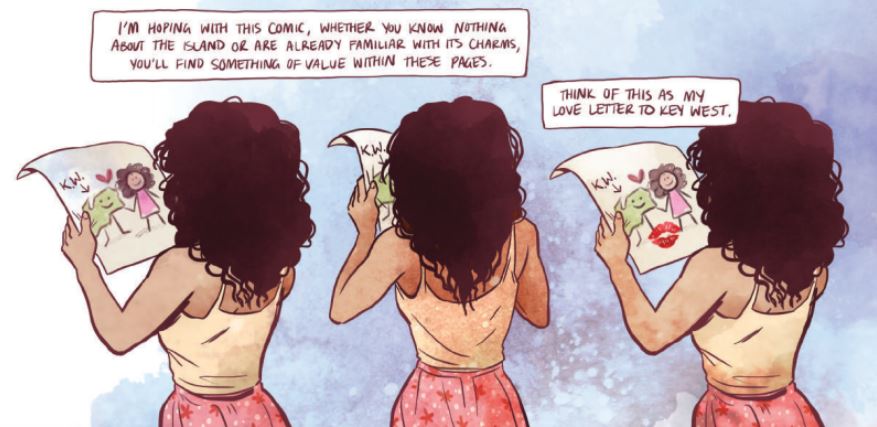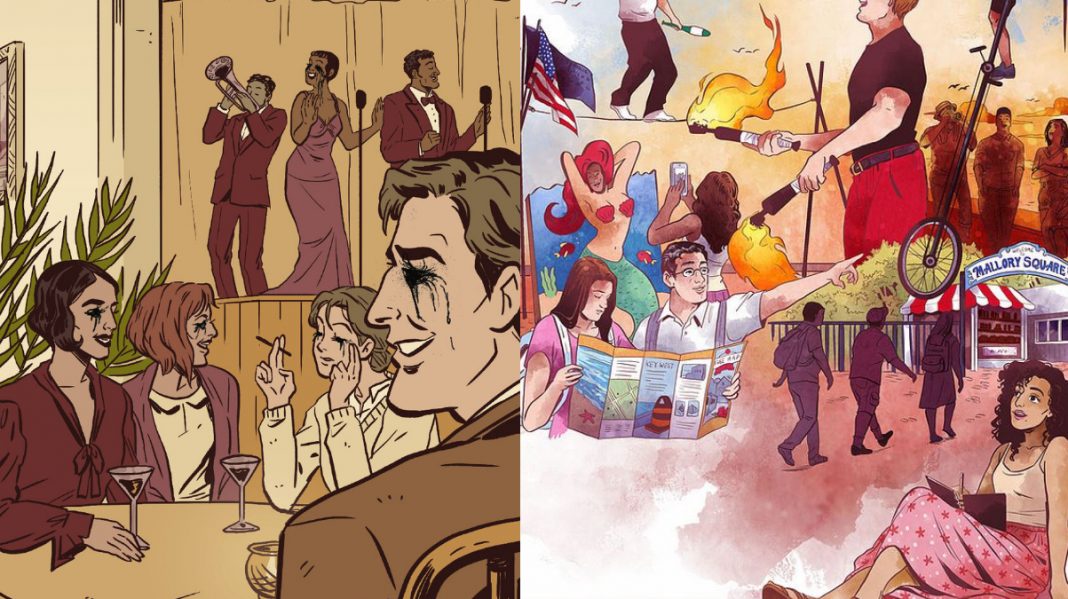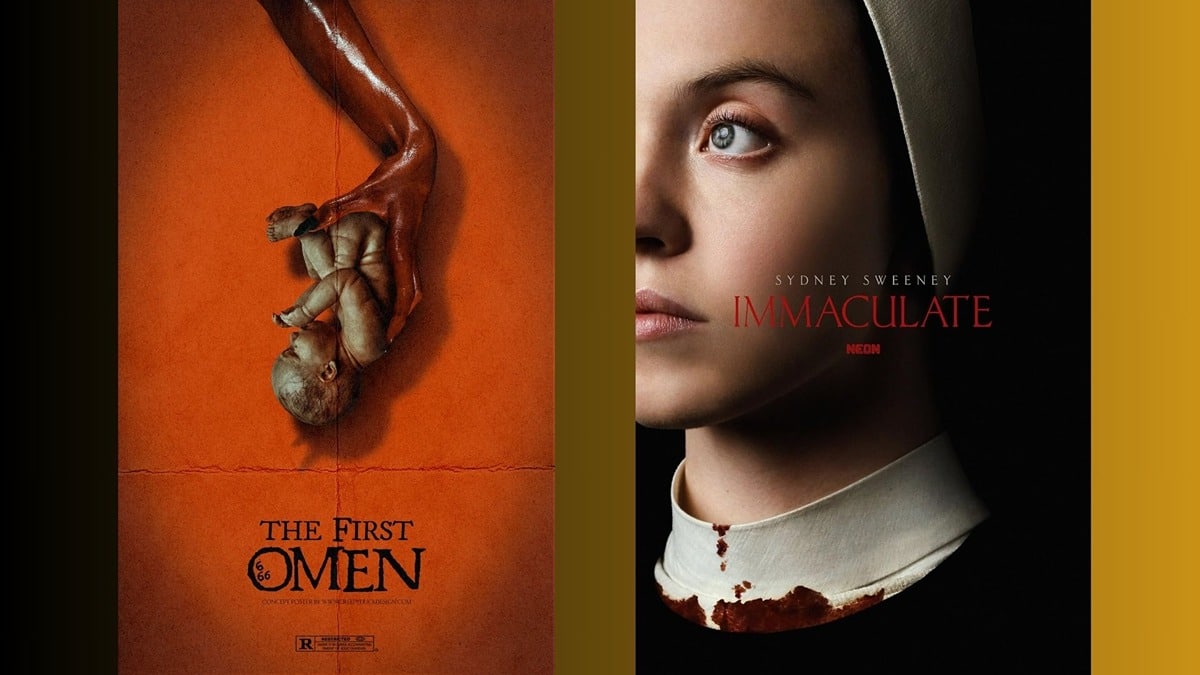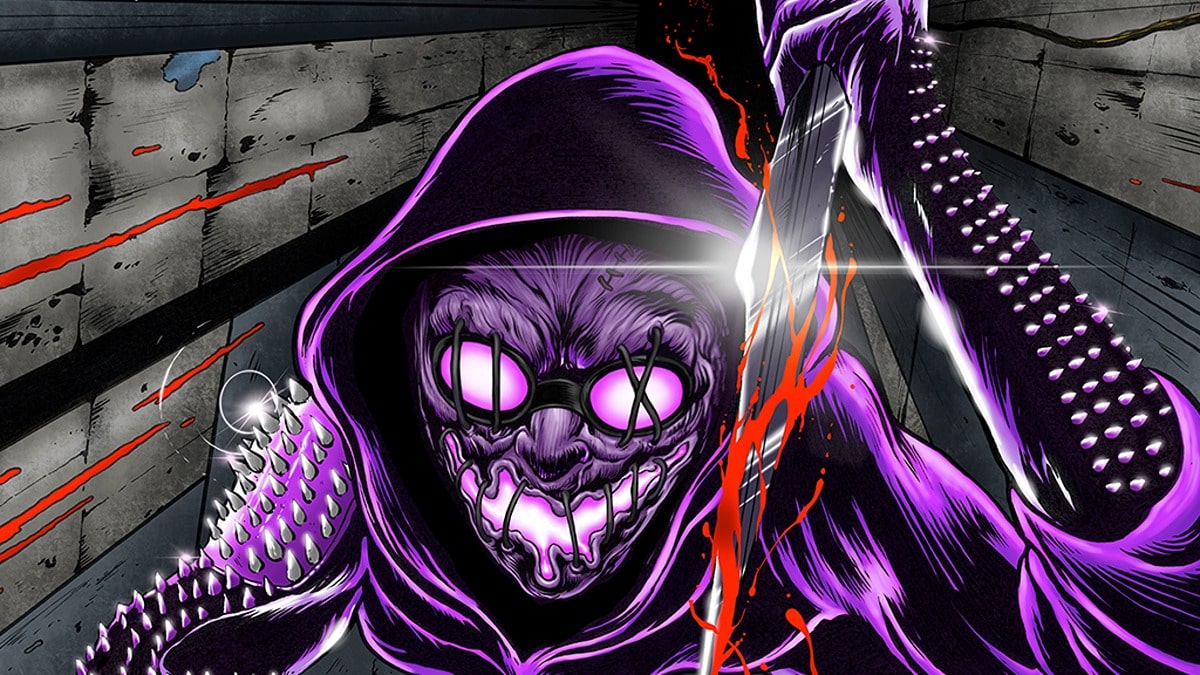When I first read Theresa Chiechi and Michael Watson’s Ithaqa, I was struck by how much storytelling was happening simultaneously on both the textual and the visual side of things. Sure, this is what comics are supposed to be about, that marriage between words and art. But that balance isn’t always achieved.
In Ithaqa, a Lovecraftian tale about mysterious deaths and collaborative investigations set to the backdrop of the Roaring Twenties, both parts of the storytelling equation converse with each other confidently. A lot of that is owed to the depth of character and humanity found in Chiechi’s approach to art, which is strong enough to elevate Watson’s script while also adding new dimensions to it as it prepares the story’s cast to face whatever horrors lie ahead for them.
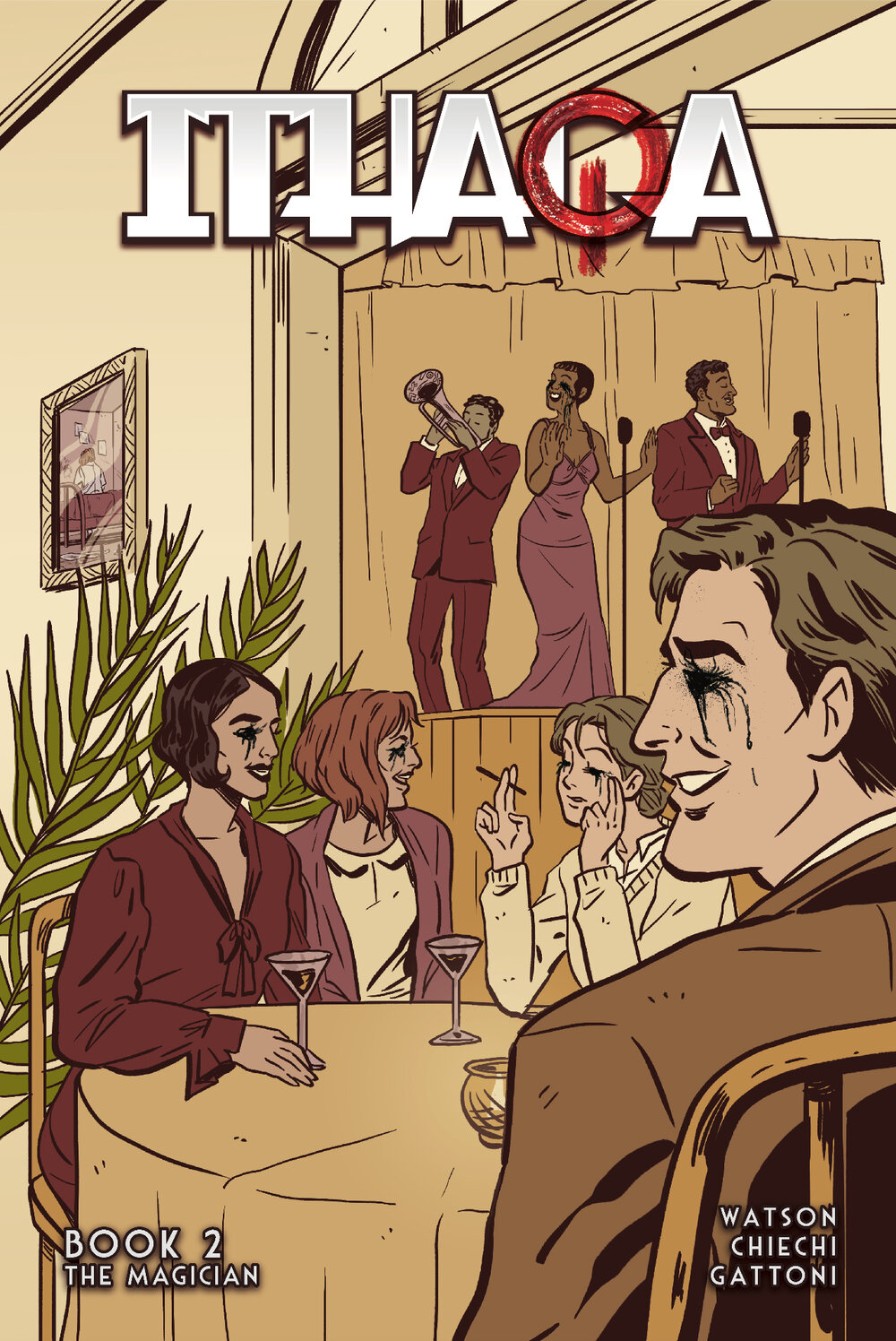
Chiechi brings a lot to the story in terms of ambiance and emotional tones. Characters feel storied and settings seem mystical, inviting readers to really explore the comics page. There’s a kind of rhythm to the way characters move from panel to panel in and around locations that can easily extend beyond the borders of the comics page.
I found this quality to be a kind of signature of Chiechi’s work as Ithaqa led me to read her own autobiographical/local history comic, Drawn to Key West, which she both writes and illustrates. This book achieves something similar to what stands out in Ithaqa: It captures the human element of the story and represents it as something organic, making comic appear as a living document.
In Drawn to Key West, Chiechi explores the street performance culture that’s developed in Key West, Florida, specifically in a popular tourist spot called Mallory Square. The narrative contains interviews with street performers along with personal stories as to what led to her eventually moving to Key West. It’s funny, honest, and informative, truly a work of local history.
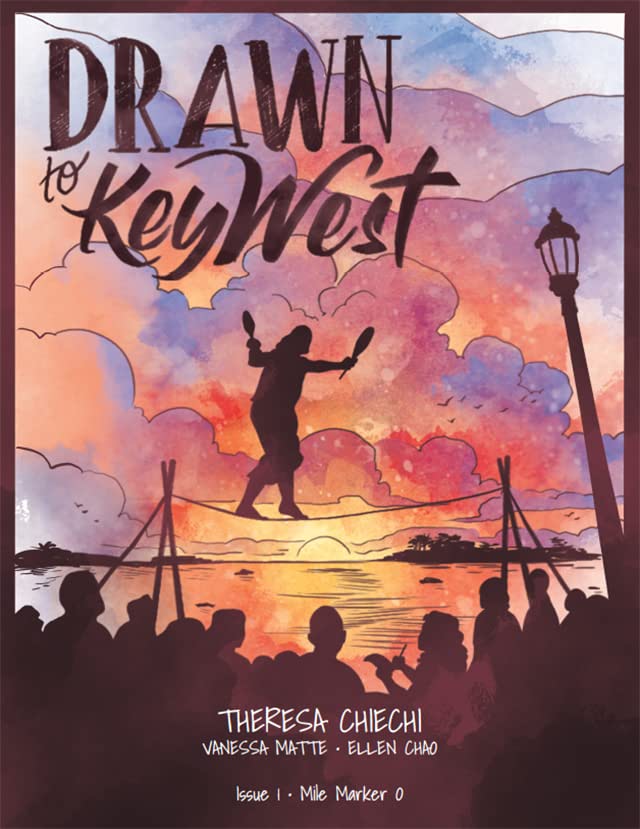
The jump from Lovecraftian horror to local history offers a unique opportunity to really explore one’s ability to be a diverse and adaptive storyteller, something Chiechi already seems to have a good handle on.
I sat down with Chiechi to talk creative process and just how it is that she manages to inject so much life into her illustrations.
Ricardo Serrano: I think it’s safe to say that, just by taking a glance at your work, you like playing with different visual styles. I don’t think I saw two illustrations look exactly the same between Ithaqa and Drawn to Key West, for that matter. How do you approach style when starting a project?
Theresa Chiechi: A lot has to do with the lead up to the actual illustrating. I research, look for references, look at the architecture of places and how to make them work on the page. I think it all comes down to worldbuilding and telling a story with those smaller details one finds when searching for references to fill the narrative with as much experience and character as possible.
There’s a lot one can get from research, tidbits of information that help guide the illustration. But there still comes a point when you have to figure out how it’ll work as a comic. That process is very rich in creativity. Every little detail found while researching helps, but choosing what makes it into the story and what doesn’t is an important part of the process.
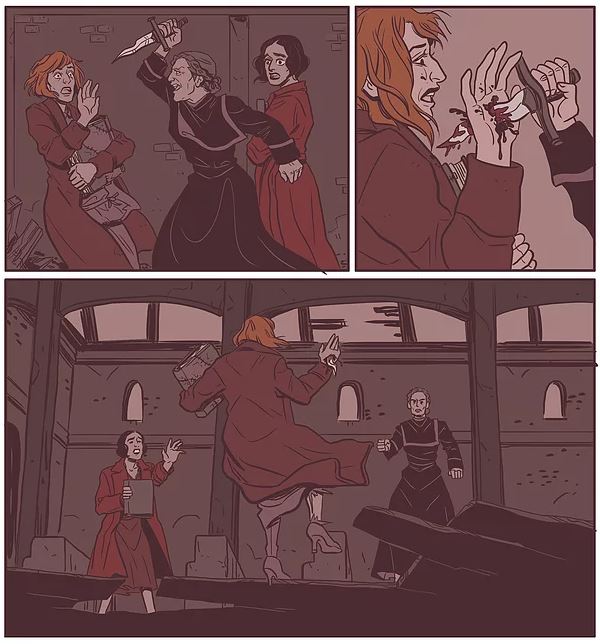
Serrano: Ithaqa looks like you really wanted to capture the Twenties, especially that sense of freedom and change that people thought would stay forever. And then you had to frame it in horror. How did you land on the final look for the comic?
Chiechi: I looked at Alex Toth, Mike Mignola, and Frank Frazetta, especially in terms of how they framed their characters around rich settings. The things I wanted to include in Ithaqa were things I had somewhat explored in my other comics, like in History of the Ouija Board, as in capturing a certain ambiance and letting certain details help tell the story. So I took all of that and just let Michael’s great script guide me.
I like how the creators I mentioned approached their settings as both fantastic but also something you could stumble upon while taking a long walk somewhere. I definitely wanted Ithaqa to feel like that. Its characters could walk into something completely unexpected at any turn if they just walked long enough.
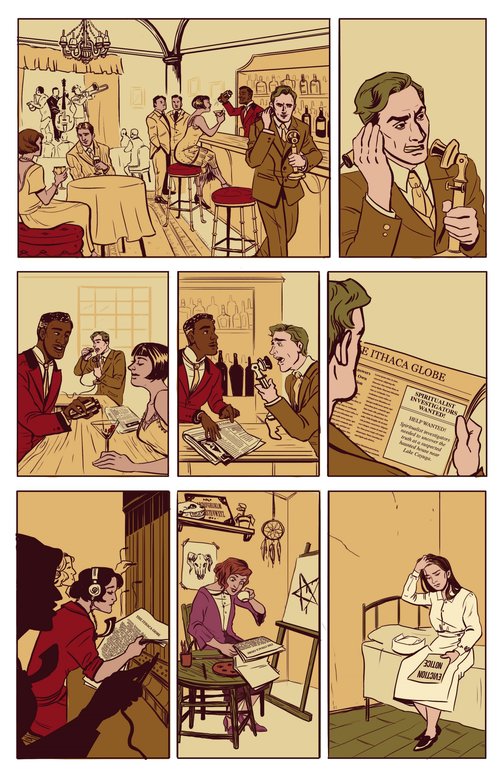
Serrano: Let’s move on to a comic you both wrote and illustrated, Drawn to Key West. There’s a focus on attention to detail in this book that reminds me of Ithaqa, in a sense. It shows you’re invested in capturing story, place, and humanity through your art. In Key West’s case it’s through local history and autobiography. What led to you developing your own book?
Chiechi: I’ve been coming to Key West for vacation pretty much every year since I was very little. So I grew up there. It’s always my favorite vacation destination. And so a big part of my formative years included watching the street performers at Mallory square. To me, Mallory Square is what makes Key West so magical and appealing.
I’ve always just been really fascinated by the performers there. A couple years ago—I think it was right after I graduated college, as I started developing my own career as an artist—I started thinking of street performers in a different light. I guess I saw more of myself in them. I started becoming more fascinated, more intrigued. Next thing I knew I was saying to myself I should make a comic about this!
I remember going to Mallory Square one evening, getting the idea that night, and then pulling an all-nighter in my hotel room getting stuff down on paper. I started writing the synopsis for the story and doing quick sketches for the characters. I just wanted to put everything I had into that story. And I think the more people got involved in it, the more passionate I became.
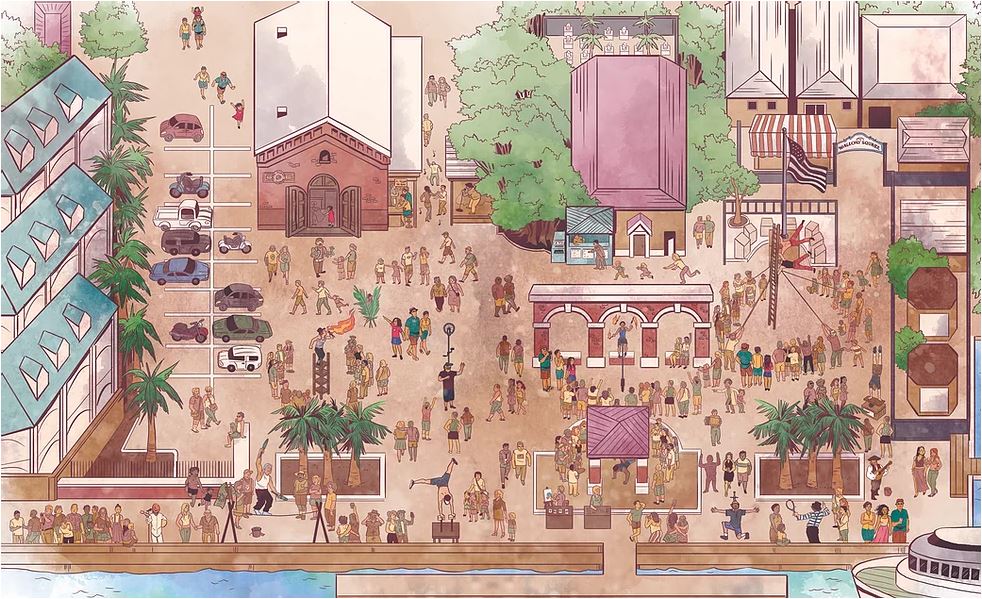
Serrano: What went into setting up the comic, then? Given its focus it feels like there was a kind of journalistic intention behind it as well. This means that interviews and research must’ve definitely played an important role in your process.
Chiechi: I wanted to get as many street performers into the comic as possible, so I went and talked to as many of them as I could. I knew that if I could interview them for the story, and they became a part of the project, then they would also become invested in it. Turned out that every performer was excited to become a part of the comic! They’re natural storytellers and just listening to them helped me shape the comic, lay out the foundations.
There are a lot of stories to be told about the street performer community. To start, they’re quite underappreciated. Not a lot of people know much about them or what goes into putting show together in a public space. And it’s interesting because the performance industry, if that’s the right word, goes through like waves of increasing and decreasing popularity.
Serrano: You mean specific to Key West or as a whole?
Chiechi: As a whole. There are a lot of different street performing hubs all throughout the country. New Orleans, San Francisco–New York not so much anymore, but it had a bigger presence before. Boulder, Colorado is also a pretty big hub. Having said that, Key West is the only place that performers can work year long. It makes for a very popular spot. It makes it unique.
It’s also a very competitive environment as well. It’s very hard to make a living there because it’s such a small spot to work in. Key West’s peak tourist season starts around Fall, when it’s cooler, goes up to May, and then extends into summer. If it gets too hot it might impact the amount of people coming up to Mallory Square at any given night, which is another thing that needs to be taken into account.
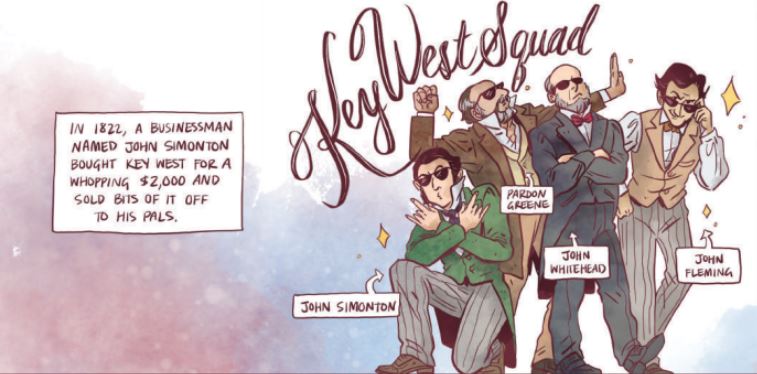
Serrano: How have recent events impacted Mallory Square? Does it change your story’s trajectory in any way?
Chiechi: Mallory Square has seen somewhat of a decline in terms of public interest. You have to factor in COVID, hurricane season, and other things to help explain that, though. It’s not due to the performers. But it’s not as big as it used to be.
COVID has disrupted a lot, especially by limiting the amount of performers that can be at the Square at once. For a group of people that make their living off of performing, it’s taken a heavy toll. Waiting to see what’ll come after things start falling back into place has brought up some important questions we all have to come to terms with.
The story I want to tell is still there and I’m working on telling as much of it as I can. The performers have been so supportive and have even helped me get a few more interviews in by introducing me to other artists. It’s been a true collaboration.
I just really want this comic to bring awareness to the art form that’s on display at a nightly basis at Mallory Square and to kind of preserve and help this community I love so much and I’m so passionate about.
